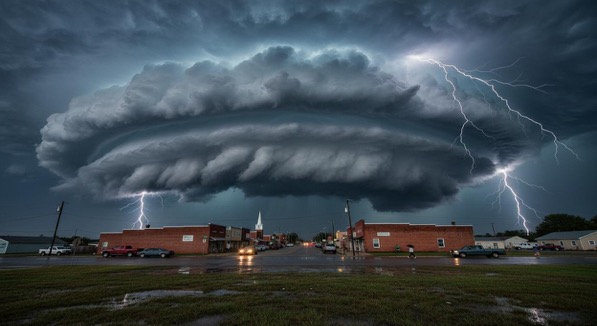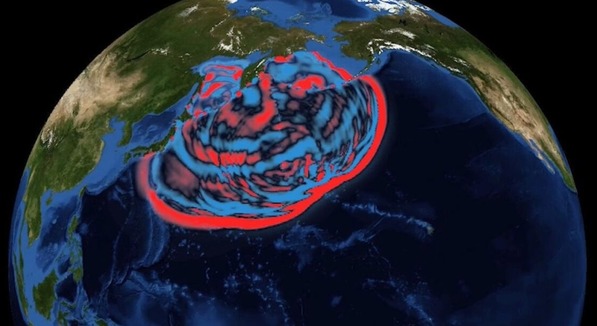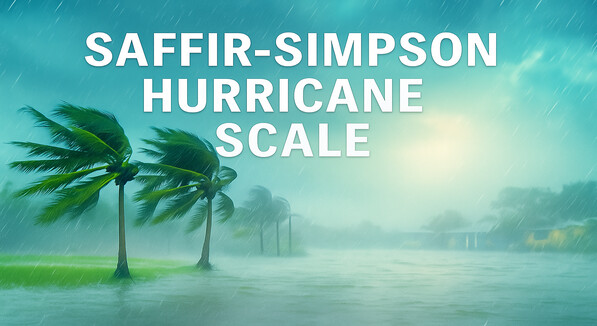Press Release
March 3 2013
Contact: 888-316-8366 or support@iAlert.com
Pembroke Pines Florida – iAlert.com is proud to be promoting National Severe Weather Preparedness Week March 3-9, 2013. During this week we are asking iAlert.com members and the broader iAlert.com user community to be prepare for potential severe weather threats.
As a committed leader for weather-readiness, iAlert.com will post severe weather watches, warnings, and advisories in real-time at iAlert.com and will highlight ways to prepare for these events before they occur on the iAlert Severe Weather and Emergency Preparedness Blog.
Sponsored by the Federal Emergency Management Agency (FEMA) and the National Oceanic Atmospheric Administration (NOAA), National Severe Weather Preparedness Week is a nationwide effort to increase awareness of severe weather and to motivate individuals, families, business, and communities to take action that will prepare them in the event of severe weather.
Each year, people are killed or seriously injured by tornadoes and other types of severe weather, despite advance warning. In 2012, there were more than 450 weather-related fatalities and nearly 2,600 injuries. Severe weather knows no boundaries and affects everyone.
“We are committed to providing reliable severe weather and emergency alerts and information at iAlert.com. As we prepare for the 2013 severe weather season you should too.” Mark McInerney, iAlert.com Chief Meteorologist. Ensuring the safety of you and your family does truly begin with you. By taking a few steps now you can be better prepared for any severe weather threat.
Know Your Risk:The first step to beginning weather-ready is to understand the type of hazardous weather that can affect where you live and work, and how the weather could impact you and your family. Every state in the U.S. has experienced tornadoes and severe weather, so everyone is exposed to some degree of risk. Check the weather forecast regular and monitor the iAlert Severe Weather Dashboard for active severe weather alerts in your local community. For more information on being weather-ready visit the preparedness section of the iAlert.com/blog
Pledge and Take Action: Pledge to Prepare at ready.gov/severe-weather. When you pledge to be prepared, you are taking the first steps to making sure that you and your family are prepared for severe weather. This includes filling out your family communications plan that you can email to yourself, putting an emergency kit together, keeping important papers and valuables in a safe place, and getting involved.
Obtain a NOAA Weather Radio and signup to receive Wireless Emergency Alerts or to receive Alerts by Email. Stay informed and know the weather threats for your area.
Be an Example: Once you have taken action share your story with friends and family. Create a YouTube video, post your story on Facebook, or send a tweet. Studies show that many people use social media in the event of a disaster to let relatives an friends know they are safe. This is an important trend because people are most likely to take preparedness steps if they observe the preparations taken by others. Social media provides the perfect platform to demonstrate preparedness actions for others. Also consider connecting with us on facebook and twitter to extend your social media reach.
More information and ideas on how you can be prepared for severe weather can be found at http://iAlert.com/blog/tag/preparedness.



